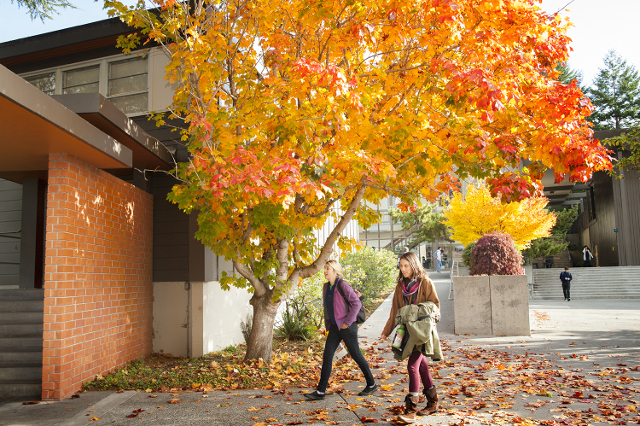
Trees will be located using GPS, have their species identified, diameters and heights measured, and assessed for damage.
Trees provide numerous ecosystem services, such as wood products, wildlife habitat, and carbon storage. HSU’s sustainability vision includes reduction of its carbon footprint.
Productive trees sequester carbon dioxide from the atmosphere, partially mitigating greenhouse gas emissions, and are therefore a key component of reducing HSU’s carbon footprint.
Measurements taken in FOR 210 will be used to estimate how much carbon is stored in HSU campus trees. In future years, re-measurement of HSU campus trees will be used to estimate carbon storage over time and monitor trends in the health of the campus forest.
Questions about the tree census or FOR 210 can be sent to Dr. Harold Zald at hsz16@humboldt.edu.